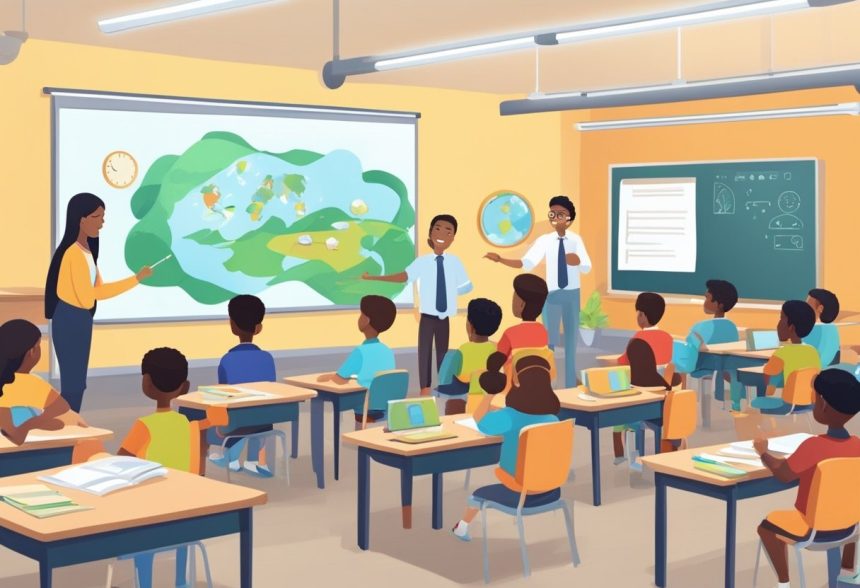In today’s digital age, the classroom experience has evolved dramatically from the traditional chalk and blackboard approach. The modern teacher increasingly incorporates multimedia tools to capture students’ attention, with kids animated shows emerging as powerful educational resources. These colorful, character-driven programs offer more than just entertainment—they provide a unique bridge between formal education and the world of imagination that children naturally inhabit. Educators who skillfully integrate these resources into their curriculum can transform abstract concepts into tangible learning experiences.
The synergy between education professionals and animated content creates a learning environment where children don’t simply memorize information but engage with it emotionally. When teachers reference familiar cartoon characters or scenarios from popular shows, they tap into students’ existing knowledge base and emotional connections. This pedagogical approach leverages what developmental psychologists call “parasocial relationships”—the bonds children form with fictional characters—to reinforce educational concepts. Studies have shown that information presented through familiar animated characters can increase retention rates by up to 30% compared to traditional teaching methods alone.
Animation speaks the language of childhood, using vibrant visuals, simplified narratives, and relatable characters to communicate complex ideas. For instance, programs like “The Magic School Bus” demonstrate scientific principles through fantastical adventures, making concepts like cellular biology or planetary science accessible to young minds. Similarly, mathematical concepts come alive through shows like “Cyberchase,” where problem-solving becomes an exciting journey rather than a tedious exercise.
The strategic use of animated content also addresses different learning styles simultaneously. Visual learners benefit from the colorful imagery, auditory learners engage with the dialogue and music, and kinesthetic learners can participate in related classroom activities inspired by the shows. This multi-sensory approach ensures that diverse learning needs are met within a single educational framework.
Cultural literacy represents another significant benefit of animated educational content. Through carefully selected shows, teachers can expose students to different cultures, historical periods, and global perspectives in ways that textbooks alone cannot achieve. Programs like “Carmen Sandiego” combine geography lessons with cultural exploration, while “Xavier Riddle and the Secret Museum” introduces historical figures through engaging narratives that highlight their childhood experiences and character development.
The emotional intelligence curriculum in many schools now incorporates animated content specifically designed to address social-emotional learning objectives. Shows like “Daniel Tiger’s Neighborhood” offer explicit lessons about managing emotions, resolving conflicts, and developing empathy—skills that are increasingly recognized as fundamental to academic success and lifelong wellbeing. Teachers use these narratives as launching points for classroom discussions about feelings, relationships, and social scenarios.
Digital literacy development occurs naturally when teachers and students engage critically with animated content. By discussing how stories are constructed, analyzing character motivations, and examining the visual elements of animation, educators help students become more sophisticated media consumers. This critical engagement transforms passive viewing into active learning, developing skills that will serve students throughout their academic careers and beyond.
Assessment opportunities abound when animated content becomes part of the educational toolkit. Teachers can evaluate comprehension through creative projects where students extend or reimagine animated narratives, design their own educational episodes, or apply lessons from shows to real-world scenarios. These authentic assessment approaches often reveal deeper understanding than traditional testing methods.
Parent-teacher partnerships strengthen when popular media becomes a shared reference point. When educators communicate how they’re using animated content in the classroom, parents can reinforce these connections at home, creating educational continuity between school and family environments. This collaborative approach maximizes the educational impact of screen time that many children would be engaging with anyway.
The technology integration skills that teachers develop when working with animated content transfer to other digital learning environments. Educators who become comfortable curating and contextualizing animation for their classrooms often develop greater facility with other educational technologies, expanding their instructional repertoire and professional development trajectory.





